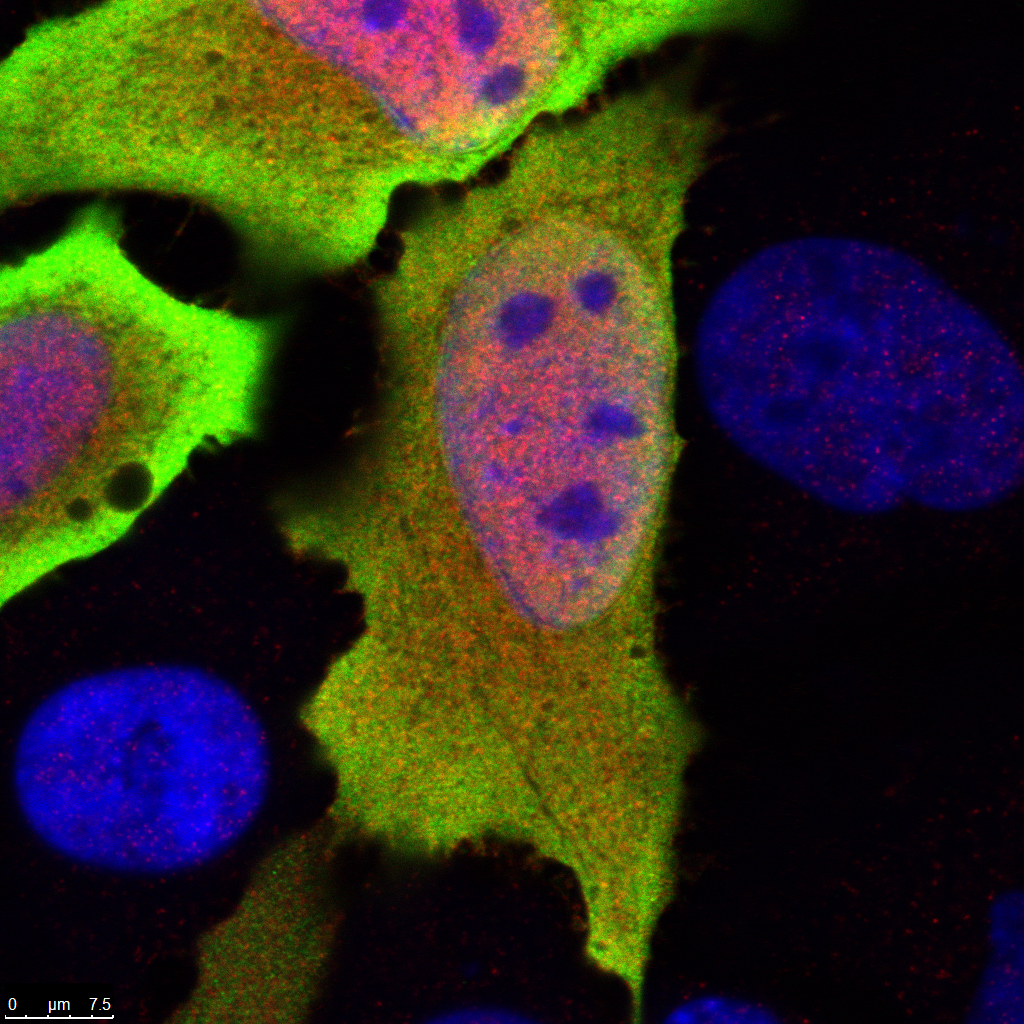A potentially game changing gene identified by Australia’s national science agency, CSIRO, has been granted the name ‘ILRUN’ by the Human Genome Nomenclature Committee (HGNC).
ILRUN is an acronym for Inflammation and lipid regulator with UBA-like and NBR1-like domains.

The C6orf106 or “C6” gene.
The gene, formerly known as C6orf106, plays a critical role in regulating the body’s immune response to infection and disease. CSIRO’s paper on it was published in the Journal of Biological Chemistry in July 2018.
The discovery could lead to the development of new treatments for influenza, cancer, arthritis, and autoimmune disorders.
ILRUN acts as an ‘off switch’ for the production of proteins called ‘cytokines’ that are involved in infectious diseases, cancer and diabetes.
Cytokines are important to the body because they strengthen the immune system and prevent viruses and other pathogens from replicating and causing disease.
However if left unchecked they can spiral out of control. Cytokines have been implicated in diseases including cancer, diabetes and inflammatory disorders such as rheumatoid arthritis.
ILRUN has existed for half a billion years, preserved and passed down from simple organisms all the way to humans. It’s only now though that we’re in the early stages of understanding its role and potential medical applications.
CSIRO’s discovery helps improve our understanding of the immune system and could aid development of new, more targeted therapies.
Scientists from CSIRO decided on the name in consultation with researchers from the University of Pennsylvania.







